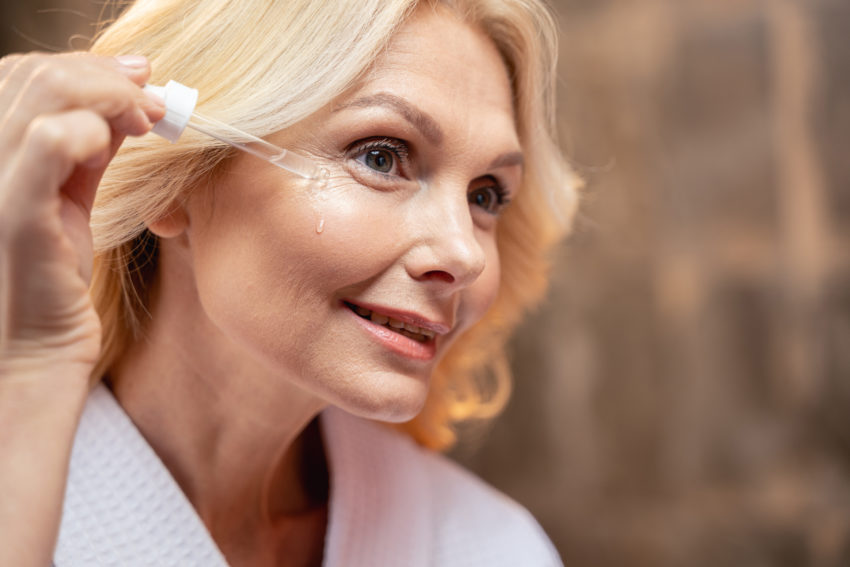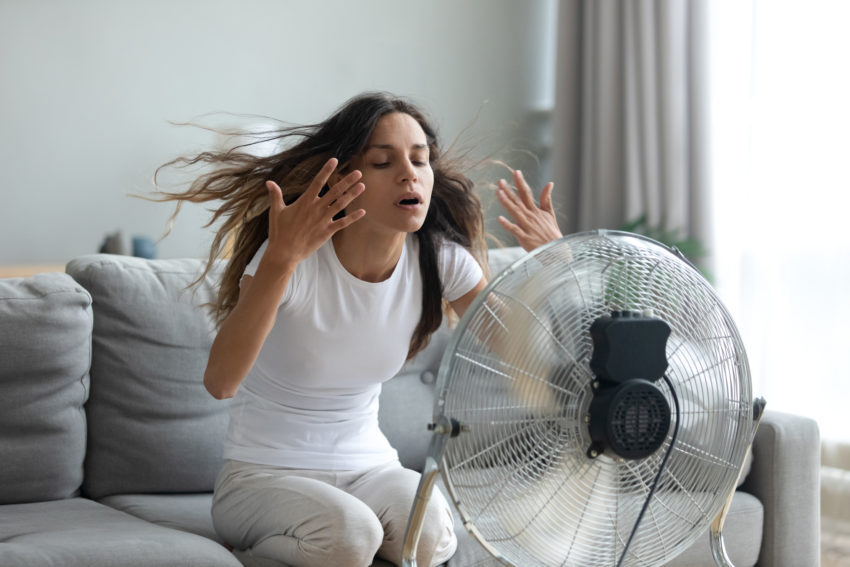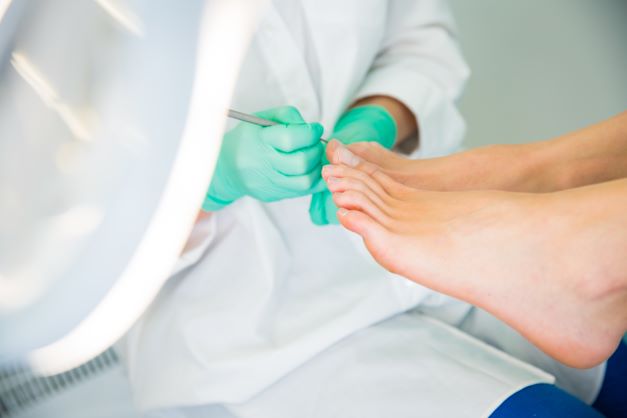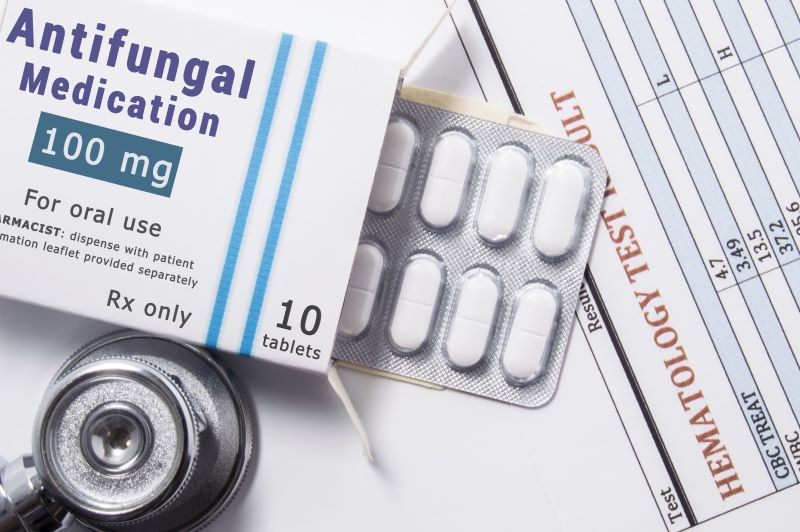What is Hyaluronic Acid? Hyaluronic Acid (HA) is a molecule that is found throughout our bodies in our fluids and…

 Skin
Skin
Actinic Keratosis: Signs and Symptoms
What Is Actinic Keratosis?
Actinic keratosis are scaly patches on your skin that develop over time from sun exposure. Mostly found on the back of hands, forearms, scalp, neck, lips, and face, these scaly skin patches enlarge slowly. Actinic keratosis is also known as solar keratosis, and usually appears in people over the age 40.
While it is not common, actinic keratosis patches can become cancerous. In order to reduce your risk of actinic keratosis skin condition, be sure to minimize your sun exposure and use protection when you are. The symptoms of actinic keratosis are:
- Typically, rough, dry, scaly patches of skin that are smaller than 1 inch in diameter.
- Flat or slightly raised patch or bump on the top layer of skin.
- Sometimes can appear as a hard, wart-like surface.
- Patches can be pink, red, or brown.
- Itching or burning in the affected patches
You should seek out your doctor’s advice when you develop a new damaged skin spot or when a previously affected skin spot changes (grows/bleeds), so that they can evaluate if it is cancerous or not.
Some people are more at risk for developing actinic keratoses than others. Characteristics that put a patient more at risk are:
- Over the age of sixty
- Have light-colored skin and blue eyes.
- Tend to get sunburns easily.
- Have had serious sunburns in the past.
- Have been in the sun frequently over their lifetime.
- Have human papillomavirus (HPV)
Color
Actinic keratosis lesions can appear in red, pinkish, tan, brown, or silvery and sometimes, they are of the same color as a healthy skin.
Shape
Shapes and dimensions of actinic keratosis differ but commonly appear like a raised bump or in horn shape. They can come as a small spot to an inch in diameter. They are rough to touch but are undetectable to the naked eye.
How Is It Diagnosed?
Actinic keratosis is typically diagnosed by your dermatologist. They will take a look at the damaged skin patches and be able to identify the skin condition. On occasion, your doctor might take a skin biopsy. This is a small procedure where the dermatologist will remove a small bit of your skin and examine it under a microscope to get a better idea of what the skin abnormality is.
Actinic Keratosis Treatment:
Usually, actinic keratosis patches disappear on their own but can redevelop after further sun exposure. Actinic keratoses should be removed to avoid any risk of skin cancer. If any of your actinic keratosis lesions become inflamed, enlarged, bleed, become red, or harden these are all signs of the condition developing into skin cancer. The main treatment option for actinic keratosis is medication. The dermatology medications that are prescribed to treat actinic keratosis are topical gels and creams. Some of these topical treatment products include:
- Fluorouracil cream (Carac, Fluoroplex, Efudex)
- Imiquimod cream (Aldara, Zyclara)
- Ingenol mebutate gel (Picato)
- Diclofenac gel (Voltaren, Solaraze)
Other treatments include:
- Cryotherapy (freezing). Scaly skin patches can be removed by freezing them. After freezing, blistering will occur and once the blister heals, new skin will form, and the AK lesions will be gone.
- Curettage (scraping). This procedure involves your doctor using a device to scrape off the damaged cells.
- Photodynamic therapy. This type of therapy is a two-part treatment. The first part of treatment occurs when your doctor applies a solution that makes the AK patches sensitive to light. After about an hour, your doctor will then apply a blue or red light to the patch or the affected skin. The light when paired with the solution destroys the patches. Most patients need two treatments about three weeks apart.
- Chemical Peel: Medical chemical peels can be performed by your doctor. The peel will destroy the top layers of the skin and when the skin heals, new, healthy skin will grow in its place.
Prevention:
In addition to topical medication and medical treatment, there are steps that you can take to prevent your risk of developing AK.
- When you are going into the sun, wear clothing that protects your skin. Hats and long sleeve shirts will do the trick.
- Try not to go outside during hours when the sun is at its brightest.
- Never use tanning beds
- Always apply SPF of 30 or higher when going outside. Even if it is not sunny, UV rays can still penetrate your skin causing sun. Using sunscreen with at least SPF 30 will block both the harmful UVA and UVB rays.
Be sure to check your skin regularly to ensure there are no signs of actinic keratosis. Additionally, if you have bumps, birthmarks, moles, or freckles be sure to note if there are any physical changes to these. If you do have symptoms of actinic keratosis, reach out to your doctor to seek actinic keratosis treatment immediately.
Sources:
This blog is based on research and/or other scientific articles and is written by our experienced Chief Strategy Officer and Pharmacist, Ronak Desai. This blog is fact checked by our educated Pharmacist in Charge, Darshan Patel, who additionally runs our Apotheco Manhattan location.
Here at Apotheco Pharmacy Group, our goal is to provide the most up to date and accurate information on health and dermatology related topics. We do this to ensure our readers can make informed decisions based on factual content. All blogs undergo an extensive review process before posted.
This blog contains trusted sources. All sources are listed at the bottom of this article with hyperlinks that take you directly to the source.






